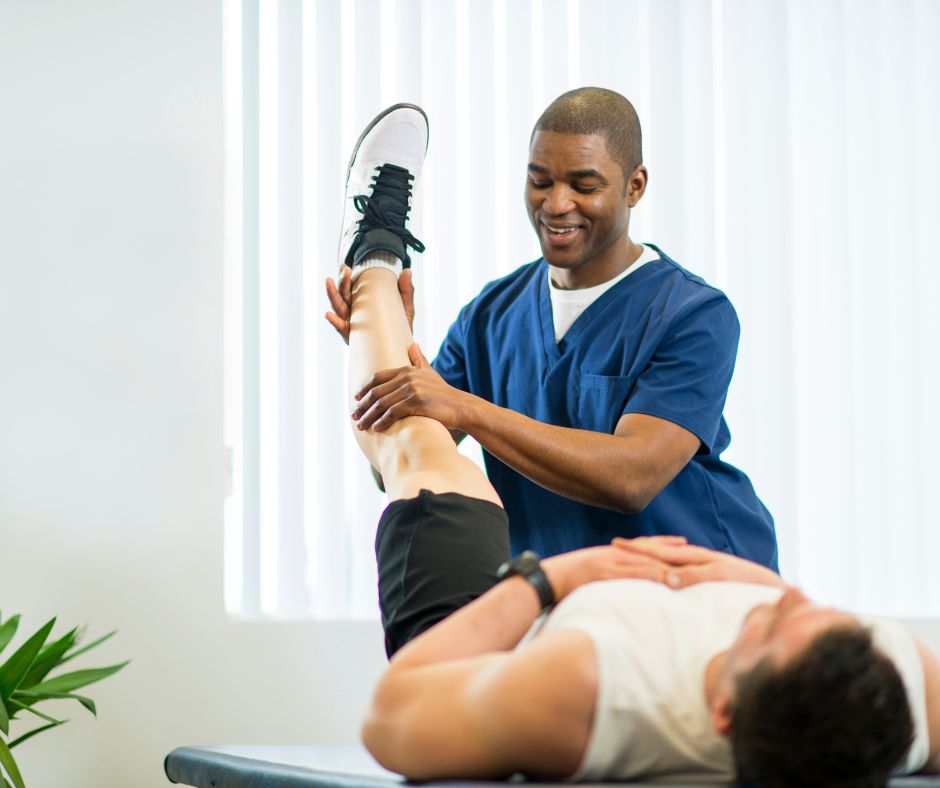In an age where movement is often compromised by tech, injuries, or aging, physical therapy stands out as a light for individuals looking to reclaim their mobility and improve their standard of life. This blend of creativity and science focuses on rehabilitating function through personalized care, empowering patients to conquer pain, recover from injuries, and achieve their physical potential. But what exactly is physical therapy, and how can it transform lives?
Whether you are an sports person aiming to improve performance, a senior wanting to maintain independence, or an individual managing long-term pain, the benefits of physical therapy extend far past mere injuries recovery. From knowing what to expect at your initial appointment to exploring specialized treatments for conditions like arthritis, nerve pain, or rehabilitation after a stroke, this guide will reveal the myriad ways physical therapy can enrich your life. Understanding when and how to request help can pave the way for a more healthy, more active future.
Grasping Movement Rehabilitation
Physiotherapy is a medical discipline focused on assessing, diagnosing, and addressing patients with physical impairments or physical challenges. It blends science, clinical reasoning, and a hands-on strategy to help patients recapture mobility, alleviate pain, and attain optimal well-being. With a diverse array of techniques, physical therapists guide patients through customized fitness programs, manual therapy, and knowledge, empowering them to manage their issues proficiently.
One of the key components of physical therapy is its comprehensive methodology. It understands that healing is not just about the physiological dimension; it also takes into account the psychological and psychological well-being of individuals. By considering specific circumstances and life situations, physical therapists create tailored rehabilitation programs that address pain management, preventing injuries, and enhancing function. This holistic perspective is what makes physical therapy a crucial asset in various healthcare contexts.
Movement rehabilitation is applicable to varied populations, from athletes recovering from sports injuries to older adults seeking to maintain movement and autonomy. It plays a important role in rehabilitation after operations or damage, enabling individuals recover strength and self-assurance in their capabilities. By enhancing functionality and addressing concerns like chronic pain and body mechanics, physical therapy not only supports in rehabilitation but also promotes general well-being and life quality.
Benefits of Physical Therapy
Physiotherapeutic therapy offers a variety of advantages that go beyond just injury recovery. One major benefit is its role in discomfort management. Through customized exercise schedules and manual techniques, physical therapists can help alleviate persistent pain and improve overall capability. This personalized approach allows patients to regain authority over their pain, often reducing the necessity for medication or invasive procedures.

Another key benefit of physical therapy is its effect on movement and range of motion. As we grow older or recover from injuries, we may experience stiffness or reduced mobility. Physical therapists utilize various exercises and modalities designed to enhance flexibility, making it more convenient to perform daily activities. Improved his response contributes to a higher quality of life but can also prevent future injuries by ensuring that the body is set for physical demands.
Additionally, physical therapy plays a vital role in injury prevention and rehabilitation. Whether for athletes or clients in everyday life, a trained therapist can recognize strengths and weaknesses in physical movements. By confronting these issues through tailored interventions, physical therapy helps individuals avoid injuries while promoting optimal physical performance. This preventative approach is essential for maintaining long-term health and well-being.
Specialized Areas of Physical Therapy
Physical therapy is not a one-size-fits-all treatment; it encompasses various tailored approaches that address specific needs and conditions. Pediatric physical therapy focuses on to help children surmount developmental challenges and disabilities. Tailored techniques and exercises are designed to enhance motor skills, balance, and coordination, allowing children to thrive in their daily activities. This individualized approach meets the unique physiological and emotional needs of younger patients, fostering not only physical development but also self-esteem and confidence.
An additional important area is elderly physical therapy, which aims to help seniors maintain their independence and mobility. As individuals age, they may experience decreased strength, balance issues, and chronic pain, resulting in it difficult to perform everyday tasks. Geriatric physical therapists design individualized programs that focus on improving strength, balance, and flexibility, supporting seniors in leading active lives while reducing the risk of falls and injuries. This specialized care is crucial for enhancing their overall quality of life.
Pool therapy is a further specialized form of physical therapy that can provide significant benefits, particularly for those with pain or mobility issues. The buoyancy of water reduces stress on joints and muscles, allowing patients to perform exercises with less discomfort. This form of therapy is especially beneficial for individuals recovering from surgery or those with chronic pain conditions. By utilizing the properties of water, aquatic therapy encourages movement and rehabilitation in a supportive environment, helping clients achieve their mobility goals effectively.
